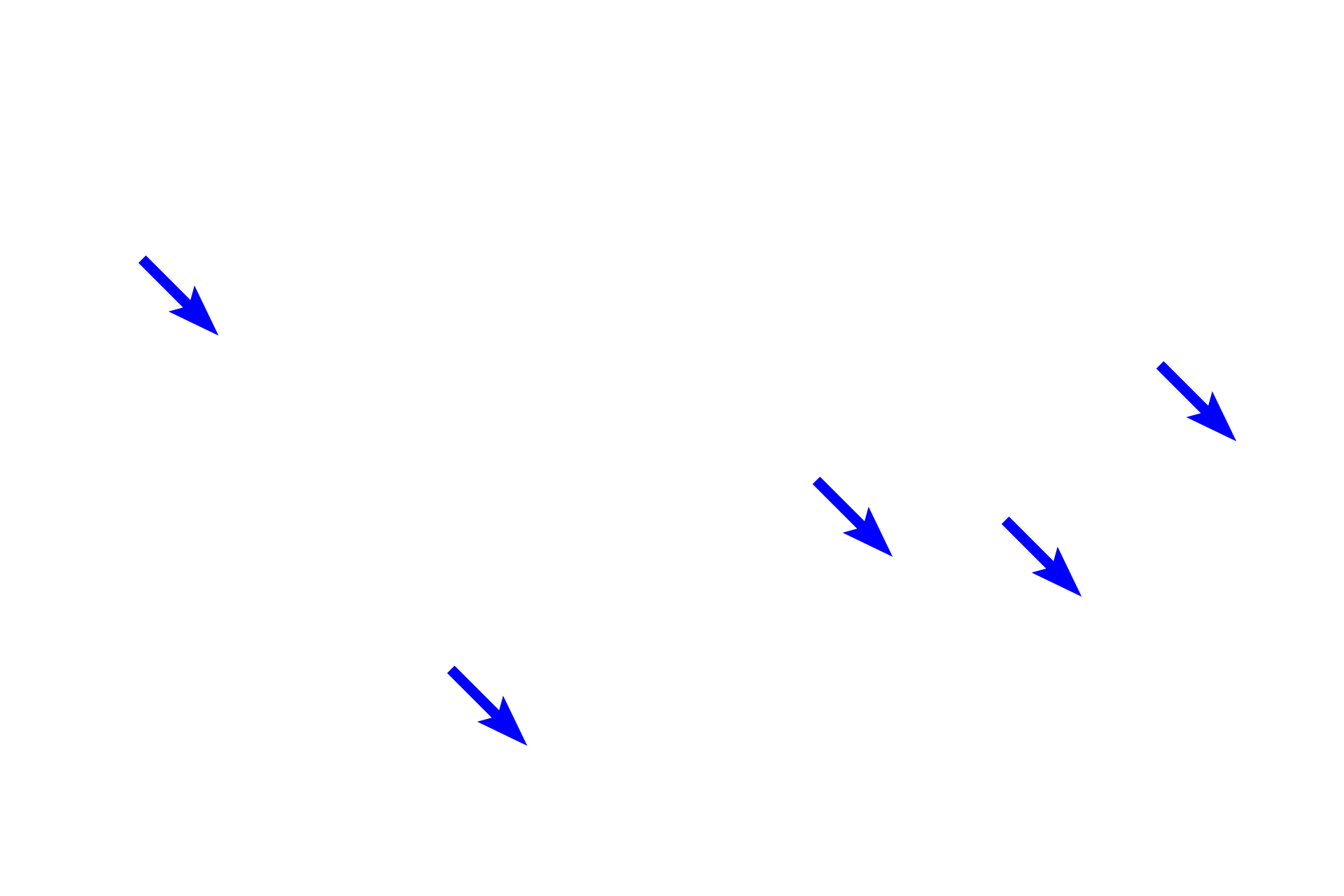
Microglia
Microglial cells function as macrophages in the CNS. They have small, round to rod-shaped cell bodies with multiple, highly branched processes that are highly motile, continuously surveilling the surrounding tissue (left). Trauma or infection causes these cells to enlarge as they actively become phagocytic and participate in the inflammatory process (right). These sections are immunostained using an antibody for a macrophage-specific protein. 400x

Microglia
Microglial cells function as macrophages in the CNS. They have small, round to rod-shaped cell bodies with multiple, highly branched processes that are highly motile, continuously surveilling the surrounding tissue (left). Trauma or infection causes these cells to enlarge as they actively become phagocytic and participate in the inflammatory process (right). These sections are immunostained using an antibody for a macrophage-specific protein. 400x

Cell bodies
Microglial cells function as macrophages in the CNS. They have small, round to rod-shaped cell bodies with multiple, highly branched processes that are highly motile, continuously surveilling the surrounding tissue (left). Trauma or infection causes these cells to enlarge as they actively become phagocytic and participate in the inflammatory process (right). These sections are immunostained using an antibody for a macrophage-specific protein. 400x
 PREVIOUS
PREVIOUS